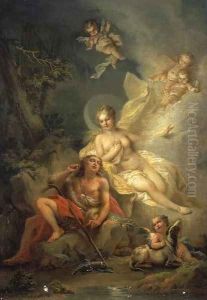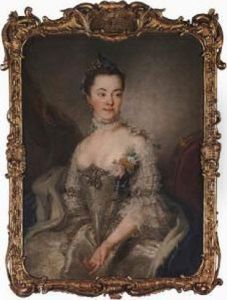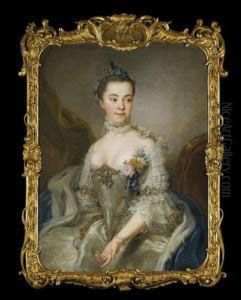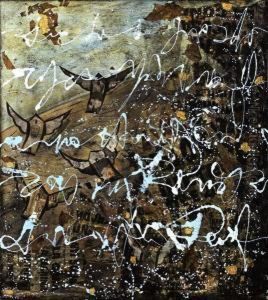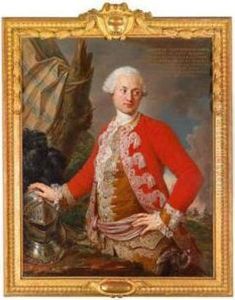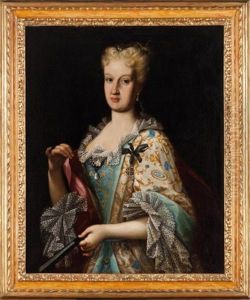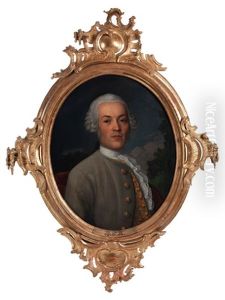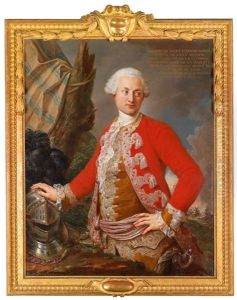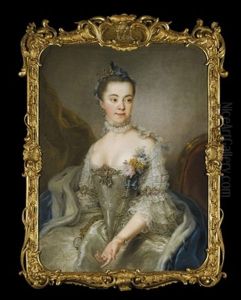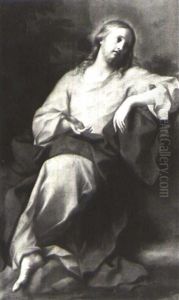Stefano Torelli Paintings
Stefano Torelli was an Italian painter, born in Bologna in 1712. He is often associated with the late Baroque and early Neoclassical periods of art. Torelli was known for his theatrical and grandiose style, which can be seen in his historical and mythological paintings. His talent was recognized early in his career, and he was admitted to the Accademia Clementina in Bologna at the young age of 17.
Torelli developed his skills under the guidance of prominent artists such as Felice Torelli, who was his uncle, and Giovanni Gioseffo dal Sole. His early works were greatly influenced by the dramatic lighting and dynamic compositions characteristic of the Baroque movement. Torelli's reputation as a skilled painter led to important commissions, including work for the royal courts of Europe.
In 1753, Torelli moved to Dresden, Germany, where he became a court painter to Augustus III of Poland, who was also the Elector of Saxony. During his time in Dresden, he painted several significant works, including an altarpiece for the Catholic Court Church. He was also involved in stage design for the opera house in Dresden, applying his painterly sensibilities to the theatrical world, which influenced his approach to composition and drama in his paintings.
After several years in Dresden, Torelli traveled to St. Petersburg, Russia, where he continued to work as a court painter, this time for the Empress Elizabeth of Russia. He made significant contributions to the decoration of the Winter Palace and the Hermitage Museum, which were part of the great cultural projects of the Russian court. Torelli's experience in stage design also proved valuable in Russia, where he worked on set designs for the imperial theaters.
Torelli's work is marked by a strong command of chiaroscuro and a dynamic use of color. His figures often possess a statuesque quality, reflecting the shift towards the Neoclassical ideals that were becoming popular towards the end of his life. Despite his success in various European courts, Torelli always maintained a connection to his Italian roots and the artistic traditions of his homeland.
Stefano Torelli died in St. Petersburg in 1784. His legacy is preserved through his contributions to the art and culture of the European courts, and his works remain on display in museums and galleries around the world, showcasing the artistic transition from the Baroque to the Neoclassical era.

